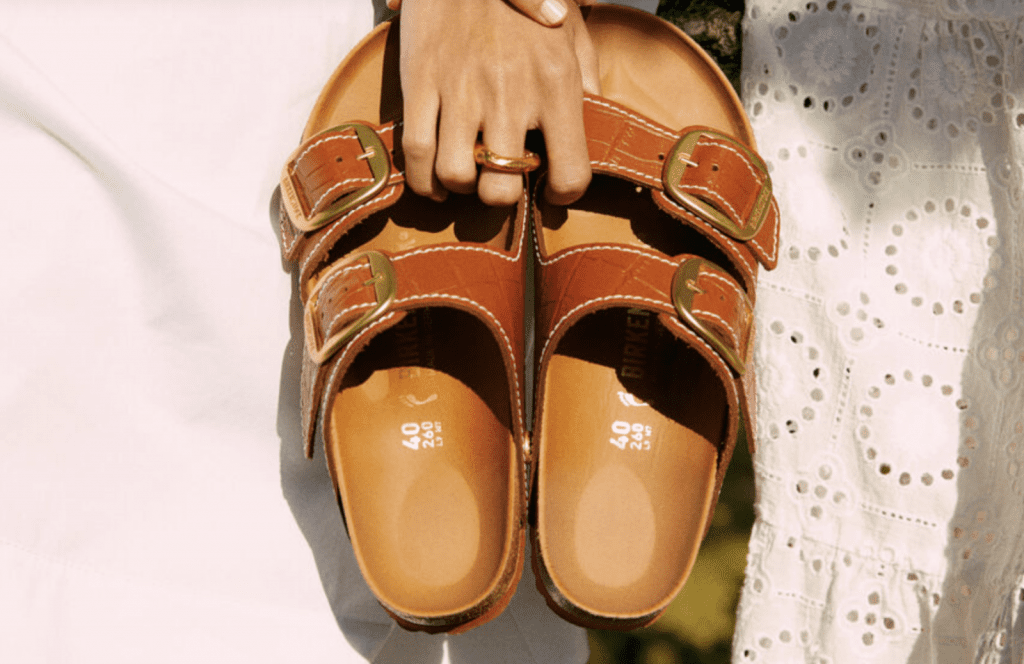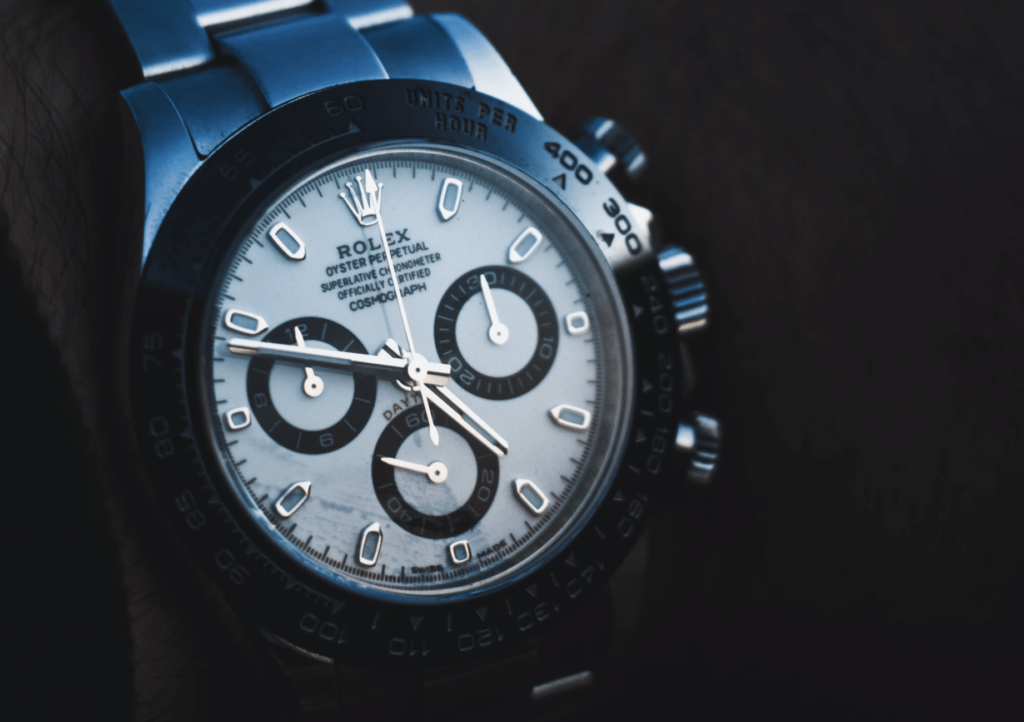New Balance has prevailed in a trademark case that is part of a larger and long-running legal battle that has pitted it against New Barlun, a Chinese sportswear company that has been trading on its name and various trademarks for more than 15 years. In a decision dated January 5, the Shanghai Huangpu District Court ordered New Barlun Co. Ltd and Shanghai Shiyi Trade Co. Ltd to pay damages of RMB 25 million ($3.85 million) to New Balance, in one of the largest judgments awarded to a trademark holder in the sportswear market in China to date.
The Shanghai Huangpu District Court held that New Barlun and Shiyi’s practice of manufacturing and distributing sneakers bearing a capital “N” symbol that is noticeably similar to the “N” that appears on the side of New Balance’s trainers constitutes trademark infringement, with the court noting that the similarity between the two parties’ marks is similar in both a “visual and conceptual” capacity.
Siding with New Balance, the court found that New Barlun’s lookalike sneakers generated substantial revenues for the company, which is viewed as one of the “most prolific and aggressive copycat brands” in the Chinese sportswear space, and that such success was largely attributable to the fame and reputation of the New Balance brand and its “N” trademark in China. The court also revealed that the defendants had acted in bad faith when they continued to operate even after the court had issued an interim injunction order barring them from manufacturing and selling the infringing footwear for the duration of the case.
In addition to coming down on New Barlun and Shiyi, the court held that distributor Shanghai Lusha is also held jointly liable for the infringement, and on the hook for RMB 100,000 ($15,000) as a result of its role in the infringement scheme.
Reflecting on the court’s decision, Dan Mckinnon, senior counsel of intellectual property and global brand protection at New Balance, said in a statement, “It is very encouraging that the Court has once again recognized the legitimacy of New Balance’s intellectual property rights which will help ensure that our brand is safeguarded and protect our consumers’ interests.”
At the same time, Carol Wang, who is the Principal and Head of Shanghai Litigation Group at Rouse, noted that the decision “is not only a win for New Balance but for a wide range of international brands operating in China, as they continue to face the increasing threat of copycats on their business.” She noted that the decision “further demonstrates China’s commitment to establishing a sophisticated and robust IP system that matches other leading countries, [which] will be crucial in attracting international investment.”
New Balance’s win – which is subject to appeal – comes after the sportswear company prevailed in a separate unfair competition case against New Barlun last year, in which it argued that as a result of repeated and consistent use of its “N” trademark on the sides of its shoes since 2001, it has amassed trade tress rights in the particular placement of the logo.
Last spring, Shanghai Pudong People’s Court (“PPC”) held that New Balance’s trade dress rights and its trademark rights are separate types of intellectual property with different scopes and durations of protection. As such, regardless of whether New Barlun had obtained a registration for the “N” trademark (and it had), its use of the mark in a specific format/placement on its shoes, which mirrors that of New Balance, gives rise to separate – and merited – claims of trade dress infringement/unfair competition by the American footwear company.
The PPC’s April 2020 decision – which brought an end to New Balance’s 16-year battle against the copycat brand that had enjoyed significant success by imitating New Balance’s stylized “N” logo – followed from years of losses for New Balance in the form of opposition and invalidation proceedings against the registration of the “N” mark by New Barlun. As it turns out, New Barlun successfully obtained a trademark registration for a lookalike mark long before New Balance, highlighting one of the more common tactics employed by trademark infringing parties: the registration and use of marks that are almost identical to foreign brands’ marks with a slight modification in order to avoid facing any objection during the registration process.











